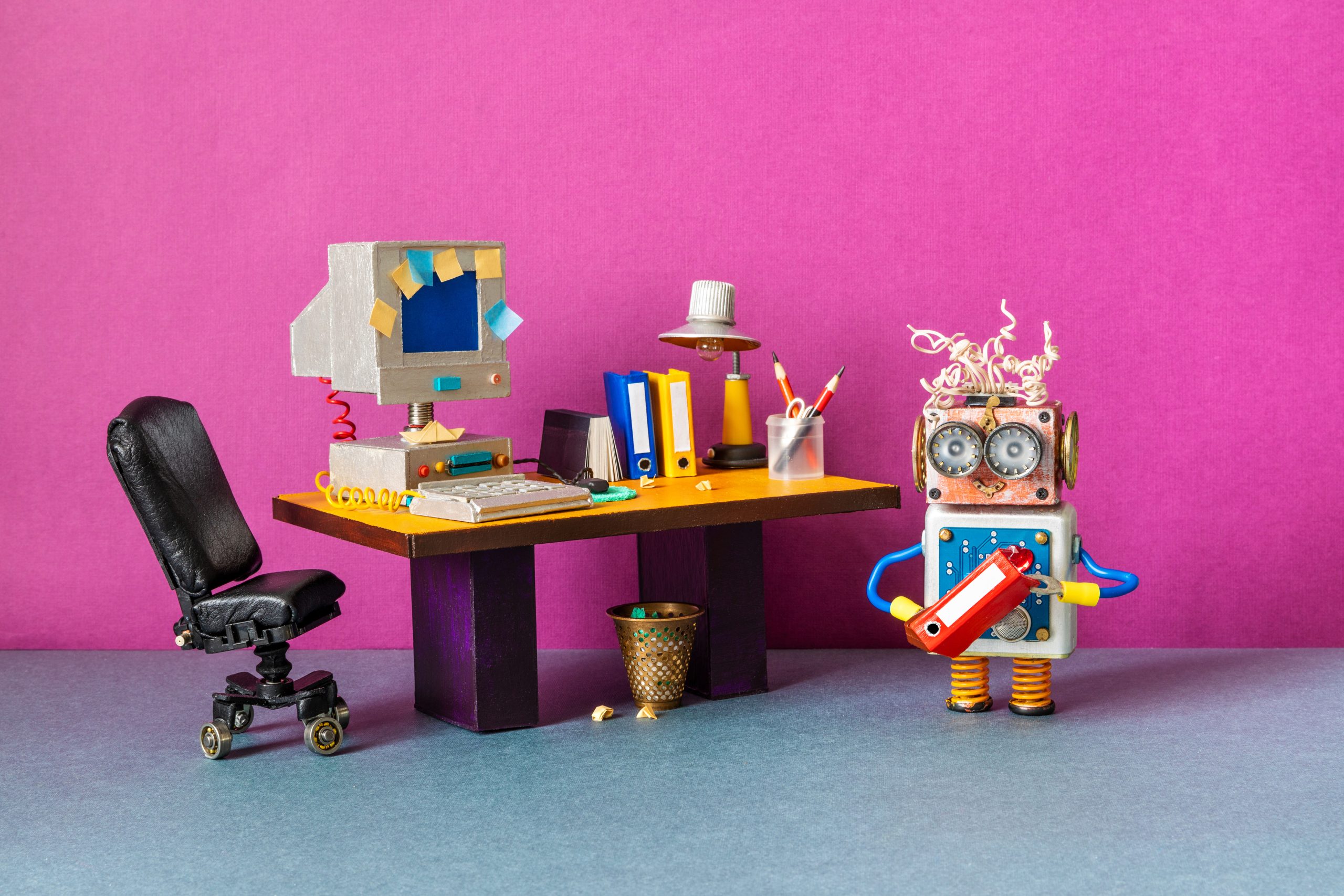Post-Pandemic Office Dynamics

While some of us are going back into the office, none of us are going “back” to the office of 2019, and we need new strategies for moving forward successfully.
The “normal” way of working changed overnight for most of us in March of 2020. While the pandemic itself is a temporary thing, the health crisis accelerated long-term trends that cannot be ignored as we seek to find our “new normal” for office operations coming out of the shutdown.
For example, many of us felt “virtual meetings” via teleconference were clunky in 2019. Video conferencing platforms like Teams, Google Meet, and Zoom were operational but felt like a compromise before the lockdown. With millions of professionals suddenly adopting live streaming technologies in order to hold effective meetings, we saw these products become much more user-friendly.
Remote work during the pandemic became a matter of business continuity – adapt quickly or shut down altogether. Coming out of the pandemic, this newfound ability to work remotely feels more like business as usual. If you run a school for example, “snow days” are now “remote learning days.” Why lose a full day of class when online options are available? Why should a sick student fall behind at home ever again?
At Electronic Office, we were effective in helping every one of our clients to institute work-from-home solutions in a hurry.
Are you ready for the rapid evolution of these four long-term trends that are shaping new office dynamics:
- Commuting. For sixty years, white-collar workers in the USA took it for granted that commuting to the office is the only way to work. And yet, the impact of long commutes on the quality of our personal lives and on our planet was slowly coming into question. This tipped during the pandemic. Commuting must now be viewed as a strategic investment in productivity, not just something we do by rote.
- Meeting the Customer. The importance of face time with customers was unquestioned for decades. Failing to visit with important customers could cost us a big account. A restaurant served customers inside, around a table, with a waiter presenting a menu to get things started. The only way to shop in the supermarket was to go to the supermarket. Students always had to be in the classroom in order to learn. Patients always had to visit the doctor’s office in order to get medical advice. Today, these deeply embedded routines need to be more dynamic to support the needs of each individual client/consumer/student as the case may be.
- Hiring and Retention. The supply and demand balance for the workforce tipped during the pandemic. Unemployment has already returned to below 5%. That’s not the problem. People leaving the workforce because they are dissatisfied with the quality of life and quantity of compensation is today’s post-pandemic challenge. The companies that win going forward will find new and better ways to attract the talent they need.
- Digital Mobility. Underlying all three of the above trends is the trend towards information technologies that make our legacy of assumptions obsolete. Mobility as a complex human behavior needs a lot of attention because digital technologies have untethered all of us. These past 18 months accelerated the need for business leaders need to adapt more quickly. Leveraging technology to improve office dynamics must now be treated as a primary business strategy.
Why listen to us about trends in human behavior? It’s in our name! The nature of your “office” is changing, and technology is a part of that because of what it enables your office—any office—to accomplish.
The digital era brought us new business technologies that have been leading the evolution of the office environment. Improving productivity, efficiency, and security through digital transformation has meant the difference between growing or shrinking as a business for decades.
We believe that this is an important time for EO to support companies as they adapt to respond to changes in human behavior. At Electronic Office, we pride ourselves on being a partner in our client’s business strategy. This means don’t just sell and maintain IT systems, we get to work with our clients to understand their business and make recommendations that align with their strategy, not ours.
Now is the time to rethink office dynamics by addressing profound changes that the pandemic accelerated. Now is the time to focus with fresh eyes on our customers and employees while we can clearly see how their needs have evolved. Now is the time for the deployment of informational technologies to strategically align with your new office dynamics.
Instead of changing because of IT, leverage IT to better focus on the new expectations of our customers and our employees.